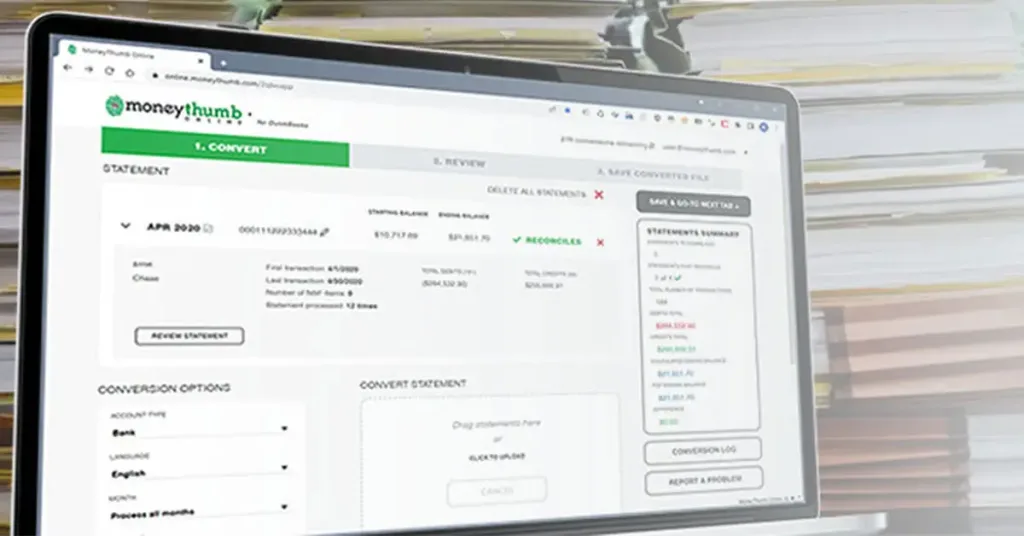Retirement is one of those milestones that almost everyone thinks about but often puts off planning for until it feels too late. The truth is, reaching your retirement goals doesn’t have to be complicated. You don’t need complicated formulas or endless jargon. What you need is a plan that makes sense, one you can stick with, and one that adjusts with your life as things change.
Below, we’ll go through five straightforward strategies that can put you on the right track. These strategies aren’t about chasing trends or trying to predict the future. They’re about creating a solid foundation for yourself and your family so that when the time comes, you can step into retirement with peace of mind.
1. Start Saving Early and Stay Consistent
It might sound like common advice, but starting early is the single most effective step toward building a retirement fund. Time is your greatest ally when it comes to growing savings. Here’s why:
- Compound growth works best with time. When your money earns interest, that interest then earns its own interest, and so on. The earlier you start, the more years you give your money to build on itself.
- Even small amounts make a difference. If you can’t save a large portion of your income at first, don’t worry. Saving $100 a month consistently over 30 years has a much larger impact than waiting 15 years and saving $300 a month.
- Consistency beats timing the market. Waiting for the “perfect time” to invest often leaves people sitting on the sidelines. Consistent contributions, even in smaller amounts, matter more than trying to predict when to invest.
A good rule of thumb is to save at least 15% of your income toward retirement if possible. If that feels out of reach right now, start smaller but make a plan to increase the percentage as your income grows.
2. Take Advantage of Retirement Accounts and Employer Contributions
In many countries, retirement accounts come with tax advantages that make saving easier. For example:
- In the United States, accounts like the 401(k) or IRA allow your savings to grow either tax-deferred (you pay taxes later) or tax-free (Roth accounts, where you pay taxes now but not later).
- In other places, pension plans or government-supported savings vehicles provide similar benefits.
The key is to understand what options are available where you live and make the most of them.
One of the most overlooked benefits is employer contributions. Many employers will match part of your contributions to retirement accounts. For instance, if your employer matches up to 5% of your salary, that’s essentially free money you’re leaving on the table if you don’t contribute at least that much.
To put it simply: always take full advantage of employer matches before looking at other investments. It’s one of the easiest and most reliable ways to grow your retirement savings.
3. Manage Debt Before It Manages You
Debt can quietly erode your ability to save for retirement. High-interest debt, like credit cards or personal loans, drains your income and leaves you with less room to contribute toward long-term goals.
Here’s a practical way to handle debt while still keeping your retirement savings on track:
- List your debts from smallest balance to largest, or from highest interest rate to lowest.
- Pay more toward one debt while making minimum payments on the others.
- Once the first debt is paid, roll that payment into the next.
This approach is often called the snowball or avalanche method, depending on whether you focus on balances or interest rates. Both work; the important thing is to stay disciplined.
At the same time, don’t stop saving for retirement altogether while paying off debt. If your employer offers a match, continue contributing at least enough to get the full match. After that, direct extra money toward high-interest debts. Once debts are under control, you can redirect those freed-up payments into retirement accounts.
4. Plan for Healthcare Costs
One expense people often underestimate in retirement is healthcare. Even if you’ve saved well, medical expenses can drain your resources quickly if you haven’t prepared.
Here’s how to plan realistically:
- Understand what coverage you’ll have. In the U.S., Medicare covers many basic needs after age 65, but it doesn’t cover everything. In other countries, public healthcare may cover more, but you’ll still want to account for gaps.
- Consider a Health Savings Account (HSA). If available, HSAs allow you to save pre-tax money for medical costs, and the money can roll over year after year. In retirement, it can be a valuable safety net.
- Factor in long-term care. Assisted living, nursing homes, or in-home care can cost far more than people expect. Insurance or specific savings for this purpose can protect your retirement fund from being drained.
The bottom line: healthcare is not a surprise expense, it’s a certainty. Building it into your plan now avoids stressful choices later.
5. Adjust Your Investments as You Get Closer to Retirement
The way you invest at age 30 should look different from how you invest at age 60. Early on, you can afford to take more risks because you have decades to recover from downturns. But as retirement gets closer, preserving what you’ve built becomes more important.
A simple way to think about it:
- Early career (20s and 30s): Focus on growth investments like stocks. You have time to ride out the ups and downs.
- Mid-career (40s and 50s): Start balancing growth with stability. A mix of stocks and bonds works well.
- Approaching retirement (60s and beyond): Prioritize safety. Shift more toward bonds, dividend-paying stocks, or other steady income sources.
Target-date retirement funds can help if you’re unsure how to manage the shift. These funds automatically adjust the mix of investments as you get closer to retirement age.
The key is to avoid leaving all your money exposed to high-risk assets late in life. Protecting what you’ve saved is just as important as growing it.
6. Build Multiple Income Streams for Retirement
Relying only on one source of retirement income, such as a pension or government benefits, can leave you vulnerable if costs rise or benefits change. Adding extra streams of income gives you flexibility and security. Some common options include:
- Rental income from property investments.
- Dividends from stocks or mutual funds.
- Part-time work or consulting in an area you enjoy.
- Annuities that provide steady payments for life.
The idea isn’t to overcomplicate your finances but to avoid putting all your eggs in one basket. Even a small second income source can help cover expenses like travel, healthcare, or unexpected bills.
7. Protect Your Savings with Insurance and Estate Planning
Retirement planning isn’t just about growing money; it’s also about protecting it. A strong plan includes safeguards against unexpected events.
- Life insurance: Ensures your family is financially supported if something happens to you before or during retirement.
- Long-term care insurance: Helps cover the high costs of extended medical or nursing care.
- Estate planning: Writing a will, assigning beneficiaries, and considering trusts ensures your assets are passed on the way you intend.
These steps may feel uncomfortable to think about, but they prevent unnecessary stress for you and your loved ones later. Protecting your savings is just as important as building them.
Additional Tips to Strengthen Your Retirement Plan
While the five strategies above form the core, here are some additional steps that can make a big difference:
- Set clear goals. Decide what kind of retirement lifestyle you want. Do you want to travel often, stay close to home, or support family? Knowing this helps you set a realistic savings target.
- Track your spending. A simple budget shows where your money goes and makes it easier to redirect funds toward retirement.
- Review your plan yearly. Life changes income, family needs, market conditions, and your plan should adjust to.
- Avoid withdrawing early. Tapping into retirement accounts before retirement not only reduces savings but also triggers taxes and penalties.
- Stay informed but avoid panic. Markets go up and down. Stick with your plan unless your goals or life situation change significantly.
Bringing It All Together
Reaching retirement goals isn’t about finding shortcuts or complex strategies. It’s about consistent, steady action over time. By starting early, using retirement accounts wisely, managing debt, preparing for healthcare costs, and adjusting investments as you age, you’ll put yourself in a strong position for the future.
The peace of mind that comes from knowing you’re on track is worth the effort. Retirement should be a stage of life where you enjoy the results of years of work, not one where you worry about money running out.
The best time to start planning is today. Whether you’re in your 20s or 50s, the steps you take now can make all the difference later. Stay consistent, stay realistic, and your future self will thank you.
References
- https://www.centralbank.net/learning-center/5-successful-strategies-for-retirement-planning/
- https://www.investopedia.com/articles/retirement/11/5-steps-to-retirement-plan.asp
- https://www.hilltopfinance.co.uk/pension-advice/retirement-planning/retirement-financial-planning-tips/
- https://www.nerdwallet.com/article/investing/retirement-planning-an-introduction
- https://yieldfinancialplanning.com.au/ebook/top-5-pre-retirement-strategies/
- https://berkshiremm.com/5-factors-to-consider-5-years-before-retirement/
- https://www.torowealth.com.au/retirement-planning-for-beginners/





















Add comment